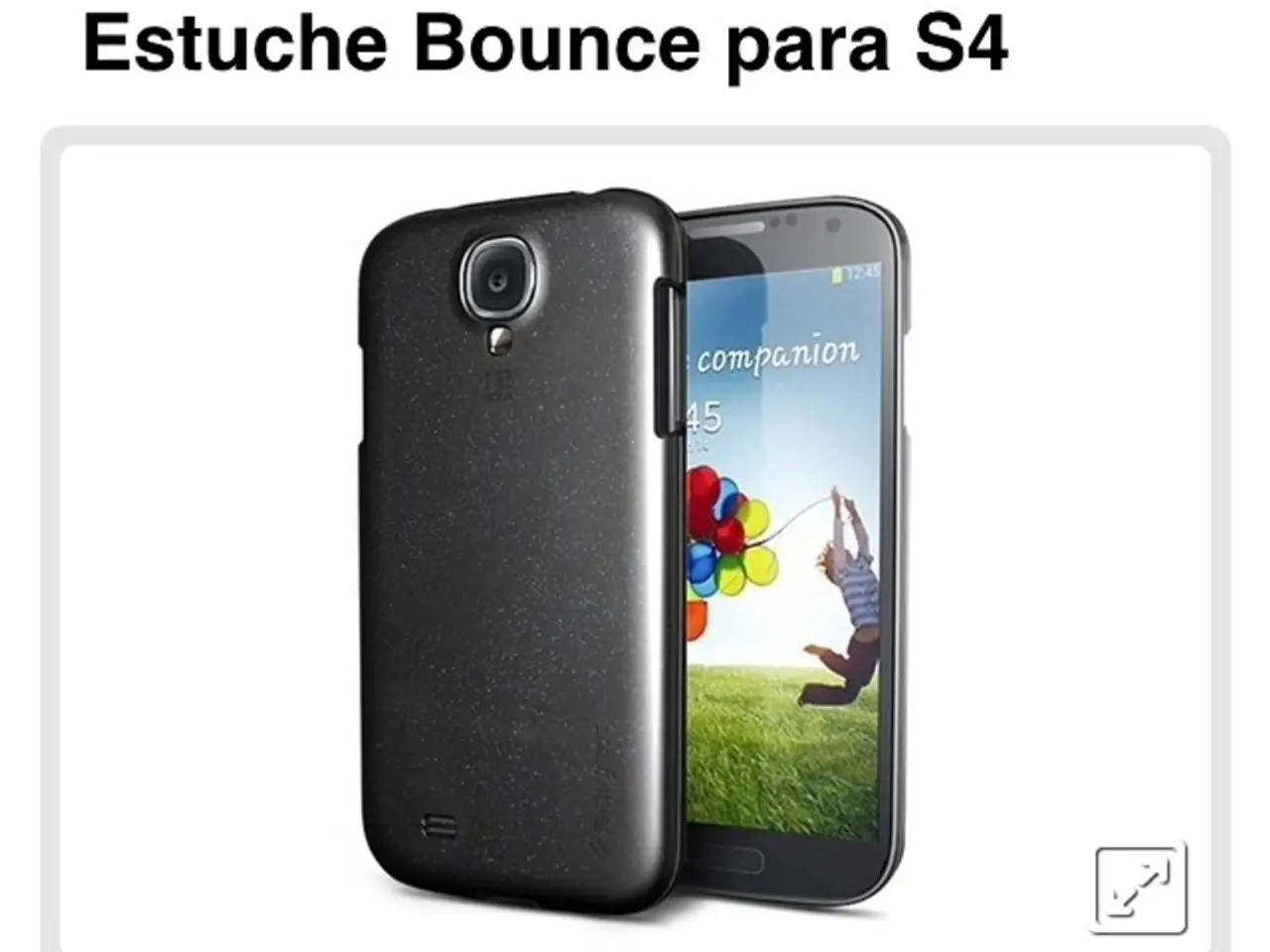Latest Developments in User Experience Design
In the ever-evolving world of technology, user experience (UX) design is no longer just about creating intuitive and visually appealing interfaces. Today, UX designers are tasked with understanding and catering to users' emotions across channels and industries. This shift towards emotional UX design is guided by empathy, adaptability, inclusivity, accessibility, and ethical considerations.
Key trends in emotional UX design include:
- Emotionally Intelligent Design: This approach prioritizes understanding and anticipating users' emotions and needs. It incorporates empathetic feedback, emotionally resonant communication, and adaptable interfaces that adjust to users’ moods or contexts.
- AI-Powered Personalization: Leveraging AI and machine learning to tailor experiences dynamically to individual users enhances emotional engagement by providing relevant, context-aware content and interactions.
- Mixed Reality (MR), Augmented Reality (AR), and Virtual Reality (VR): These immersive technologies deepen emotional connection by blending real and virtual environments or enabling interactive 3D visualization.
- Accessibility and Inclusivity: Designing for diverse abilities and backgrounds improves emotional resonance by ensuring equal access and comfort for all users.
- Microinteractions and Motion Design: Small, thoughtful animations and interactive feedback elements create delightful experiences that build empathy and emotional connection.
- Ethical Design and Privacy: Transparently managing user data and respecting privacy are critical to building trust and ensuring positive emotional experiences.
- Sustainability and Value Alignment: Across industries, users prefer experiences aligned with their values, including environmental responsibility.
These trends reflect a move towards a more holistic and human-centered approach to UX design. By focusing on empathic, adaptive, and inclusive design, empowered by AI and immersive tech, supported by accessibility, motion, and ethical transparency, and aligned with users’ broader values, designers can create emotionally meaningful experiences that foster deeper user engagement and loyalty.
As UX continues to evolve, it's clear that its role is becoming increasingly crucial in shaping customer experiences. From understanding a user's psychology and behaviors to dismantling silos within businesses for a consistent user experience, UX designers are at the forefront of this transformation. Even in developing nations, UX is becoming a global concern, as businesses recognise the value of positive experiences and emotions in driving motivation and purchasing behaviors.
In conclusion, the future of UX design lies in its ability to connect with users on an emotional level, creating interfaces that resonate with users' needs and preferences. As more companies hire UX staff in-house, this shift towards emotional UX design is set to continue, transforming the way we interact with technology and each other.
[1] Nielsen Norman Group. (2021). Emotional Design. [online] Available at: https://www.nngroup.com/articles/emotional-design/
[2] Adobe. (2020). The State of Customer Experience. [online] Available at: https://www.adobe.com/content/dam/cc/en/business-units/marketing/perspectives/pdfs/2020/state-of-cx-report.pdf
[3] Forrester. (2020). The Forrester Wave™: Emotion AI Platforms, Q3 2020. [online] Available at: https://www.forrester.com/report/The+Forrester+Wave+Emotion+AI+Platforms+Q3+2020/-/E-RES146377
[4] McKinsey & Company. (2019). Emotional experiences drive customer loyalty. [online] Available at: https://www.mckinsey.com/business-functions/marketing-and-sales/our-insights/emotional-experiences-drive-customer-loyalty
- In the realm of education-and-self-development, courses on graphic design and UI design often emphasize the importance of emotional UX design, teaching principles such as empathy, inclusivity, and user experience to help designers better connect with users.
- As technology advances and permeates various aspects of lifestyle, from entertainment to healthcare, graphic designers and UX designers are increasingly being sought after for their ability to incorporate emotion into technology design, creating interfaces that resonate with users' needs and preferences.
- The fusion of technology and emotional UX design has the potential to transform diverse industries, from retail to education, as businesses recognize the value of emotional AI-Powered Personalization in enhancing user engagement and driving positive purchasing behaviors, thus becoming key to competitive differentiation.




